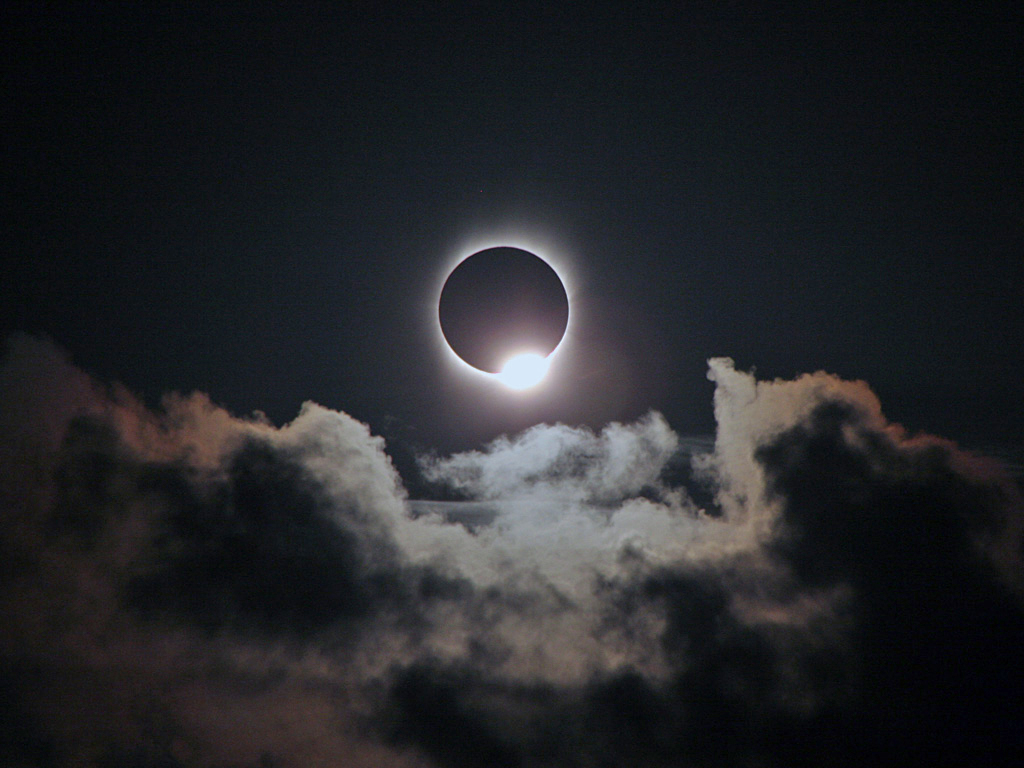
The eclipse passing over Nashville in less than two weeks seems to have everyone’s attention now.
But we know there are some of you out there that still just don’t understand what all the hype is about. That’s why we’re going back to the basics: answering five questions that you may have felt too afraid to ask at this point.
1. What exactly is this thing?
A total solar eclipse is when moon passes directly in front of the sun when you’re looking up from Earth. This means the orbits of the moon and sun have to line up exactly. (If the moon only blocks out part of a sun, that’s a partial eclipse.)
But even when the moon crosses directly in front of the sun, it’s not necessarily a total solar eclipse. Depending on the distances of the moon and sun from Earth at a particular time, the moon might look smaller in the sky, leaving a ring of sun around it. (In that case, it’s called an annular eclipse.) Scientists call the size of an object as perceived from Earth its “angular size.”
“The key [to a total eclipse] is that the angular size of the moon is exactly the same as the angular size of the sun,” says Susan Stewart, an astronomy professor at Vanderbilt who recently taught a class about eclipses.
All of these things have to line up just right, which is pretty rare from any given spot on Earth.
Total solar eclipses don’t last long, and they only occur along a certain path. You can figure out what you’ll see from your exact location using NASA’s interactive map.
 Takeshi Kuboki via Flickr
Takeshi Kuboki via Flickr An annular eclipse over Japan in 2012 – still cool, but not as cool as a total eclipse.
2. When was the last total solar eclipse in the skies over Nashville?
Any way you slice it, it’s been awhile.
In 1768 and 1506, “we came extremely close to total, but it was officially a partial,” Stewart says. The moon almost completely covered the sun, but not quite.
If we want to be technical (which we do), “the last official 100 percent total eclipse in Nashville was 1478,” she says – 539 years ago.
3. Is a total eclipse actually that much cooler than a partial eclipse?
This is what we hear.
For example, check out this YouTube video of a crowd watching the 2006 eclipse over Libya:
Mark Bender, a self-described eclipse chaser, told Nashville Public Radio earlier this year that he has a video of himself watching his first eclipse, “going crazy and crying.”
Scientific American blogger Edwin Turner put it this way: “A reasonable person might conclude that an 80 percent eclipse is 80 percent as interesting/spectacular as a 100 percent eclipse. That is completely wrong.”
Turner notes that the light emanating from the corona of the sun during totality is “weird and vaguely unreal,” the wind “often starts gusting around in a sort of unstable way,” the temperature drops several degrees, and viewers might see strange shadows – called shadow bands – just before and after totality.
“I have known very experienced world travelers … to react to a total eclipse by screaming, yelling OMG!, jumping up and down, running around hugging people, staring with their mouths hanging open, talking about it incessantly for days, etc,” Turner writes.
4. Are eclipse glasses supposed to be so dark?
We’ve heard a lot about the importance of wearing protective eclipse glasses to observe the sun before and after it’s covered up. But if you’ve already gotten a pair and put them on, you may have noticed they are really dark. You can see barely anything in them.
 Mark Margolis / Rainbow Symphony
Mark Margolis / Rainbow Symphony Special eclipse glasses have to meet the ISO 12312-2 international standard.
This is normal, according to Stewart, who often uses this kind of eye protection in her work with celestial navigation. (Wisely, she advises not to drive in eclipse glasses.)
“It’s not like putting on sunglasses, where everything is a little shade darker. You literally can’t see anything else except the sun,” she says.
The good news is, for those two minutes or so that the sun is covered up in totality, you can take the glasses off.
5. What does an eclipse look like if it’s cloudy?
What happens if this grand, rare celestial alignment is covered up by something totally mundane – clouds?
“It will just get dark,” Stewart says. She recommends scrolling to the bottom of this page from the Vanderbilt Dyer Observatory, where there’s a picture of a total solar eclipse in Shanghai. It’s extra eerie, to be sure, but rather anti-climactic.
Stewart says she’ll hop in her car and drive somewhere less cloudy if the weather looks threatening the day of the eclipse.
But assuming the skies are clear, Stewart offers this bonus tip: During the solar eclipse, resist the urge to take out your cell phone and snap a pic. It won’t look good without professional equipment.
Instead, she says, for those two minutes or so, just look up and enjoy the first total eclipse over Nashville in half a millennium.
9(mda2nzqwotg1mdeyotc4nzi2mzjmnmzlza001))

